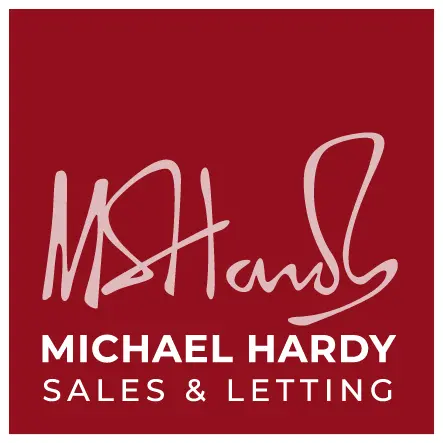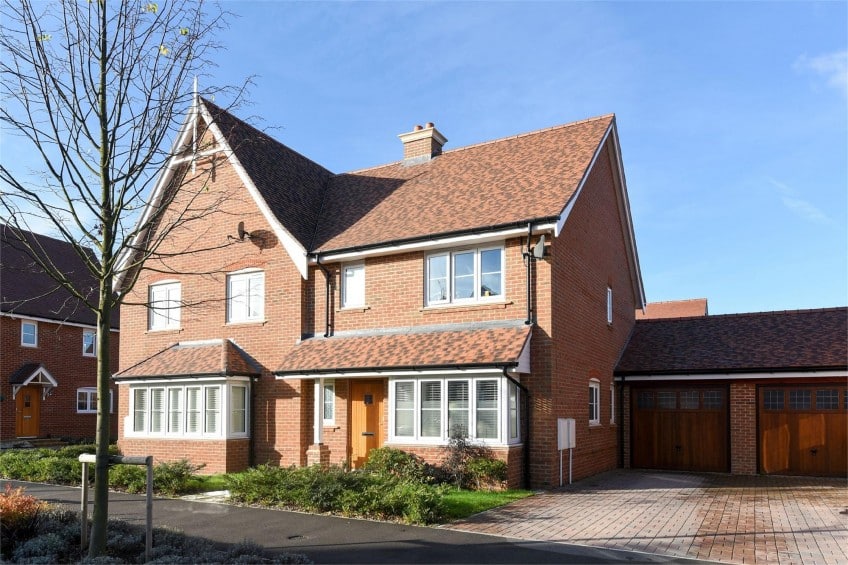Regardless of whether you’re new to buying and selling property or you’ve been through the process numerous times, keeping in mind all the associated jargon can be tricky.
Terms relating to the different types of home ownership are some of the most important, yet can be the most perplexing when it comes to understanding exactly what aspect of a property is available to buy or sell. When a property changes hands, the buyer must be named and registered with the Land Registry, plus whether they own the ‘freehold’, ‘leasehold’ or a ‘share of freehold’.
We understand that the last thing you want to be when entering into a property purchase is confused, so to help clarify things, we’ve explained exactly what is meant by ‘freehold’, ‘leasehold’ and ‘share of freehold’ below.
What does freehold mean?
Owning the freehold of a property means that you own it outright, including the land on which it’s built – although that’s subject to any mortgage you have taken out. If you own a freehold by way of a mortgage, you won’t own the freehold outright until the mortgage is paid. Your mortgage lender will have a charge against the property until the mortgage is paid off.

Freehold is the most common type of home ownership; most stand-alone homes are sold this way. For the majority of homeowners, it’s also the preferred type of ownership. There’s no end date on a freehold agreement; it lasts forever, or until you sell the property on to a new buyer.
As a freeholder, you are responsible for maintaining the structure and condition of the property, including the roof and the outside walls. There’s no need to pay annual ground rent, which we’ll explain more about in the next section.
What does leasehold mean?
A leasehold agreement means that you have the freeholder’s permission to use the property for an allotted length of time. Although, on paper, it sounds very similar to renting (the freeholder in a leasehold agreement is even sometimes referred to as a landlord), it is a form of home ownership – leasehold agreements last far longer than any rental contract. As a leaseholder, it’s likely you’ll have use of a property for decades, or even centuries. As they are part of a larger building, flats and apartments are nearly always sold leasehold.

When a home is purchased leasehold, a contract is drawn up to set out the legal rights and responsibilities of the two parties involved; the freeholder (or landlord) and the leaseholder. In most cases, the freeholder will be liable to look after the property’s walls and roof, as well as common areas like the entrance hall and any staircases, although agreements can differ.
As the freeholder owns the land on which the property’s building sits, the leaseholder usually pays an annual ‘ground rent’ fee to the freeholder. Ground rent amounts vary from as low as £50 a year to as much as a few hundred, but they can increase over time. For example, if you have a 99-year lease, you might pay one rate for the first 33 years, then a higher rate for the next 33. Leaseholders may also have to pay maintenance fees and a portion of the buildings insurance.
Finally, there may be restrictions on major work you can do to your home as a leaseholder. Ultimately, you must obtain your freeholder’s consent before making any renovations or additions.
What does share of freehold mean?
As we mentioned above, apartments and flats are virtually always sold leasehold, but in some cases, these properties also come with a share of freehold of the building they sit within. As the name suggests, share of freehold refers to the joint ownership of a property, in this case the apartment building, between a number of freeholders.
There are two different ways in which a share of freehold agreement can be created; in the first, up to four owners can share the freehold of a property in their personal names. In the second, a company owns the freehold in its entirety and enables apartment owners to hold a share, or membership, in the company. In the first share of freehold set up, each owner is named in the title deeds of the property, but both options give each party a share in the freehold of the building.
As an apartment-owner with a share of the freehold of the apartment building, you will have a say in its management, such as over the contracts and/or service charges for maintenance and repairs. If and when you sell your apartment and your share of the freehold, this will be transferred to successive owners.
Of course, as flats and apartments tend to be sold leasehold, it’s worth noting that even if you own a share of the freehold of the wider building, you will likely still have a lease on your home within it. Owning a share of the freehold does not make the flat or apartment freehold – a lease is still required to protect the rights of all parties.
We hope this blog has helped to explain each of these home ownership terms in more detail, but of course, we are always here to offer more guidance. Each type of ownership has its different benefits, but the one that’s right for you will have much to do with your personal circumstances.
When you buy or sell a property with us, we make it our mission to ensure you understand every step of the process and to do all we can to get you the result you’re aiming for. Get in touch with us today to find out more.

